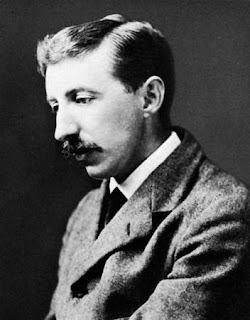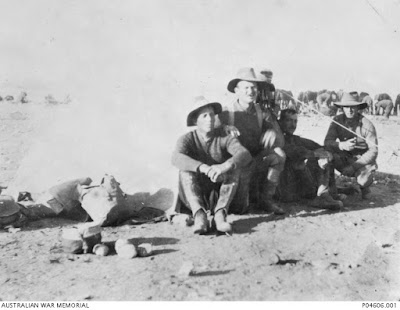I spent a lot of time at university.
It took me ‘longer than average’ to complete my degree – and my education in life. But, the experience melted the scales of parochialism from my eyes.
My student life and belated maturing were centred on Chisholm College a residential establishment named after Caroline Chisholm.
The original Chisholm, who died some 95 years before the College was opened, provided shelter for wayward miners during Victoria’s gold rush. The College was named and designed by students guided by the astute chemist Professor Jim Morrison. In the early days, it was said, black anarchist flags blew in the wind from the College buildings - called 'towers'.
Not total anarchists, however, rules for residents slowly evolved, the first being to the effect that ‘thou shall not lead a horse up the stairs’ – the result, so legend had it, of one resident finding that a horse doesn’t like to go down the stairs...
A week before the 1975 academic year, I was interviewed by Professor Morrison, Head of College, before being offered a residential place. He asked me to commit to contributing to College life.
Not sure what to offer, I told jokes and joined the College's General Committee.
One gig was a College dinner and Jim invited a distinguished speaker. I heard that his name was ‘Mac-something’. I assumed he must also be a fellow-Scot (Jim had a gentle Glaswegian lilt) and offered a couple of Irish jokes to kick things off.
Jim then introduced Professor Bob Magee. Sure enough - he was in full possession of a clear Irish brogue. Magee was also a chemist and advocate for the residential colleges. He had an international outlook, acting as honorary consul for Pakistan at one time, and that approach was consistent with the College ethos.
Later, I was part of the Committee which invited University Council members to visit the College to see for themselves what College life was like. Council members were grouped into pairs accompanied by a committee member to visit one of the 12 Chisholm towers. My pair consisted of Mr Justice Smithers, the dignified and engaging Chancellor, and Mrs Cecile Storey an outspoken advocate for many things. Both were good with people.
The senior residents for Tower 4 were a Korean couple Mr and Mrs Kim. Mr Kim was completing a PhD in economics. They were a little overawed by the apparent dignity of their guests.
Mrs Kim asked Mrs Storey about her family. That went well and the Chancellor added some jovial comments. More relaxed, Mrs Kim then asked ‘How long have you been married to each other?’ I don’t know who was faster to deny any such association with the other but Mrs Storey was certainly the loudest and Mr Smithers the most amused. I encouraged the laughter with nervous enthusiasm and Smithers' genuine warmth and mirth won the day.
When Jim Morrison left Australia for a stint in Utah, the College was run by Mike Tolhurst who, as an administrator rather than an academic, was a radical choice. But he was the right person for the time and showed the Committee how to strengthen the College’s infrastructure and future.
Tolhurst was a creative, respected and fearless executive and a wise mentor in the administrative arts. It was at this time that I found myself writing the College newsletter. Someone else got it started naming it ‘Emanon’. The name was picked after struggling with a number of not very inspiring alternatives. This one sounded interesting – it’s ‘no name’ spelt backwards. It was one of my most enjoyable student activities.
Of course, studying was another…
I did manage to find time to attend lectures and tutorials though got as much out of going to lectures I was not enrolled in as the ones I was. Most of them stirred my brain but a standout was a series of lectures on Max Weber by Werner Pelz who managed to clarify concepts which had remained foggy to me. While I learned that Pelz’s views were sometimes unique his ability to summarise ideas made them accessible. In those days, it was indeed still “a new university with a meritocratic ethos and [some] brilliant teachers”.
I did manage to find time to attend lectures and tutorials though got as much out of going to lectures I was not enrolled in as the ones I was. Most of them stirred my brain but a standout was a series of lectures on Max Weber by Werner Pelz who managed to clarify concepts which had remained foggy to me. While I learned that Pelz’s views were sometimes unique his ability to summarise ideas made them accessible. In those days, it was indeed still “a new university with a meritocratic ethos and [some] brilliant teachers”.
 |
| Caroline Chisholm on the old five dollar note. |
Let me know if you have any stories to add.
See also: Employers and Volunteers, Professor Emeritus Nancy Millis, AC MBE: an appreciation, Jottings of interest: August 2017 and La Trobe: Rambler, Writer and Royalist.
See also: Employers and Volunteers, Professor Emeritus Nancy Millis, AC MBE: an appreciation, Jottings of interest: August 2017 and La Trobe: Rambler, Writer and Royalist.











